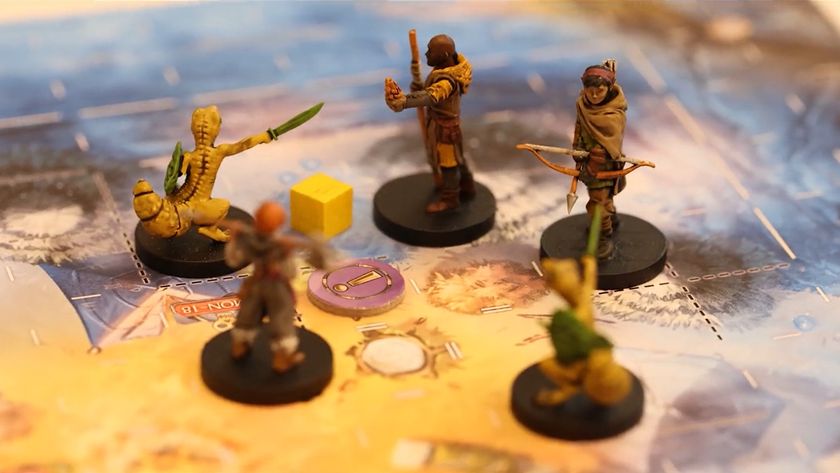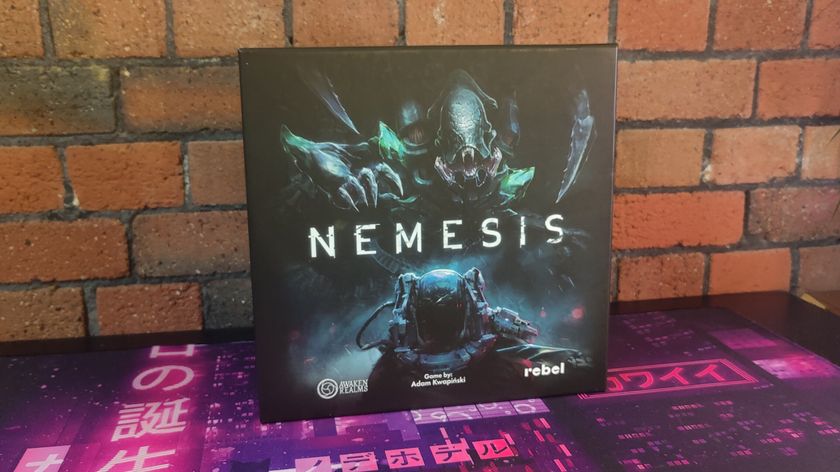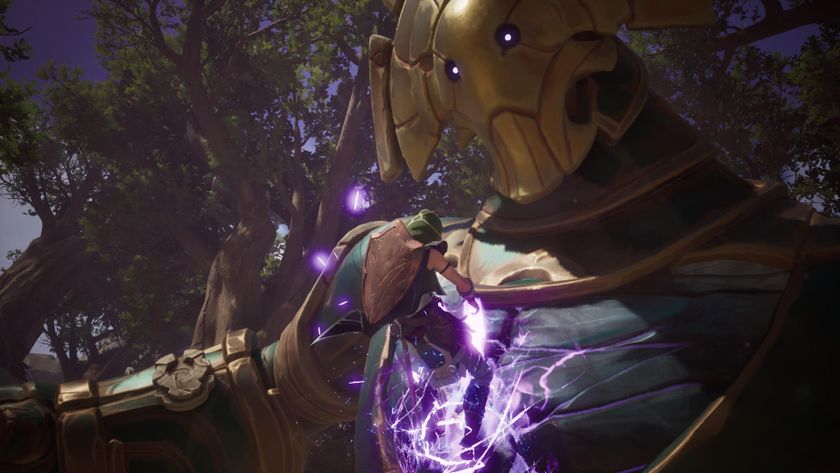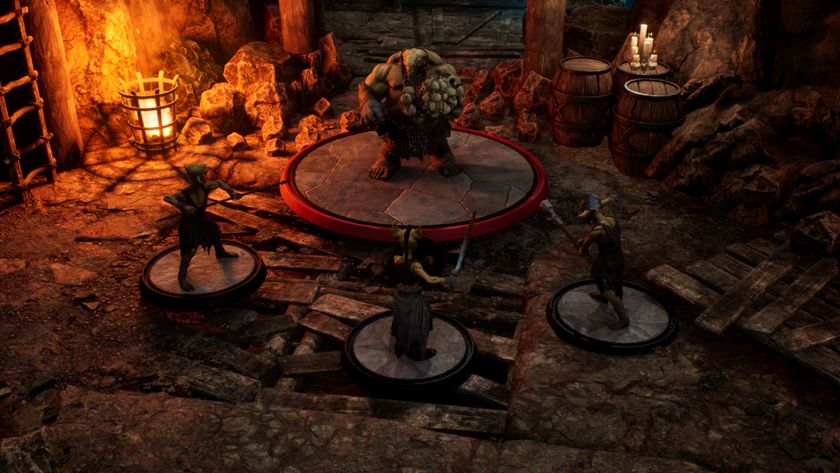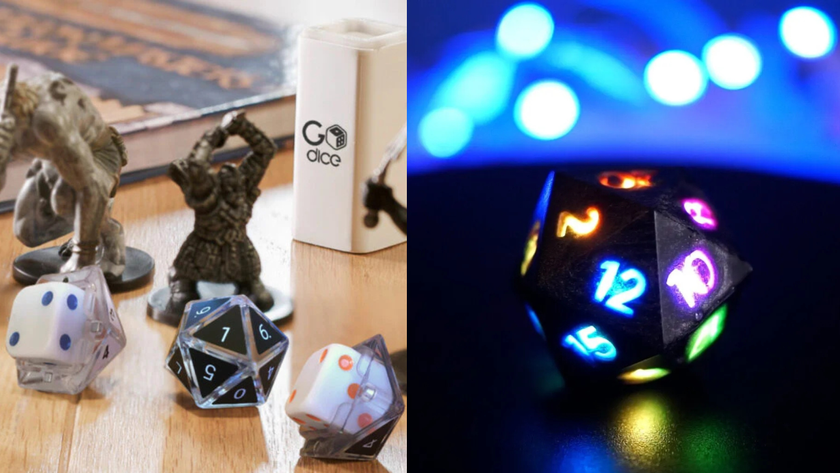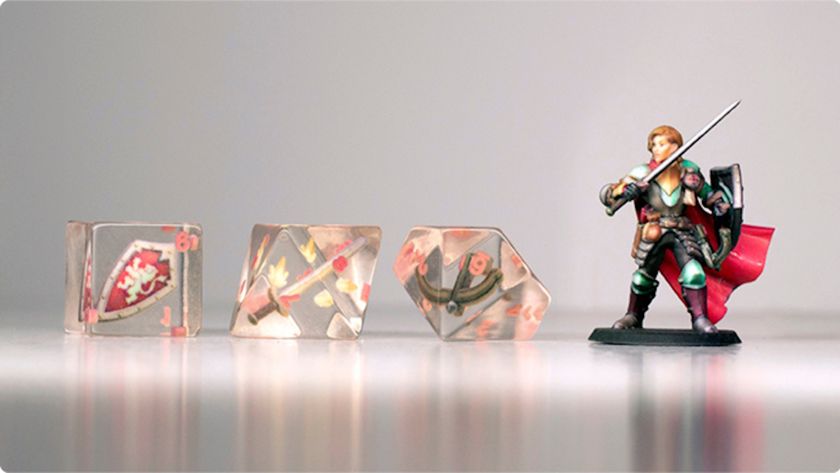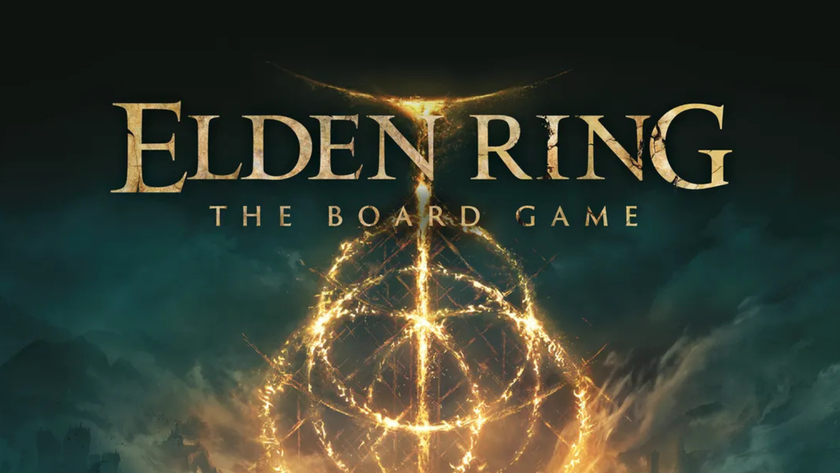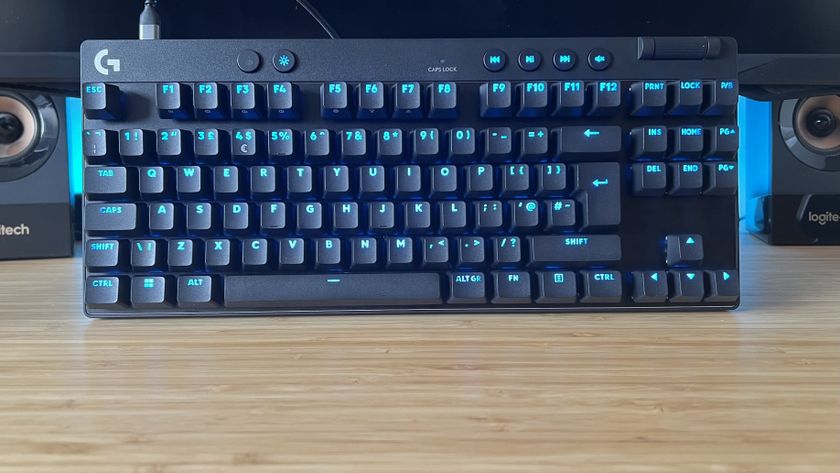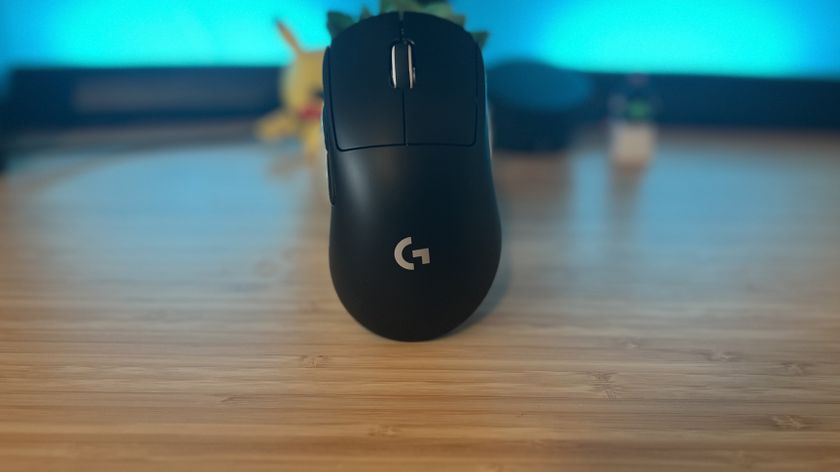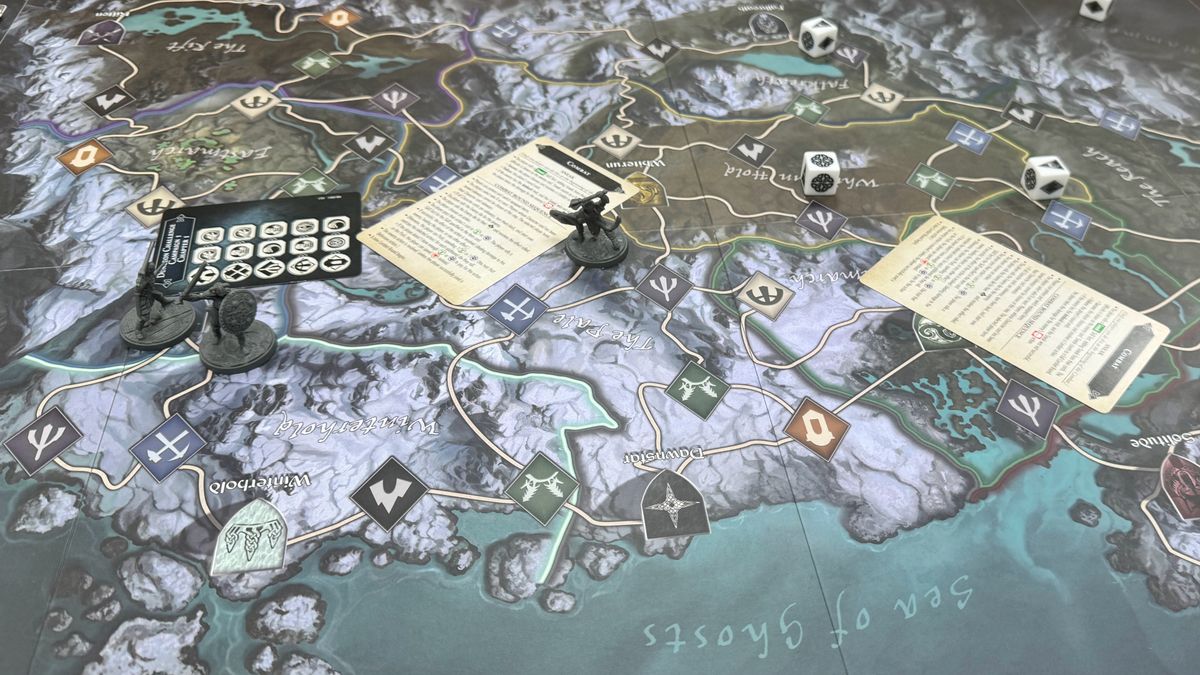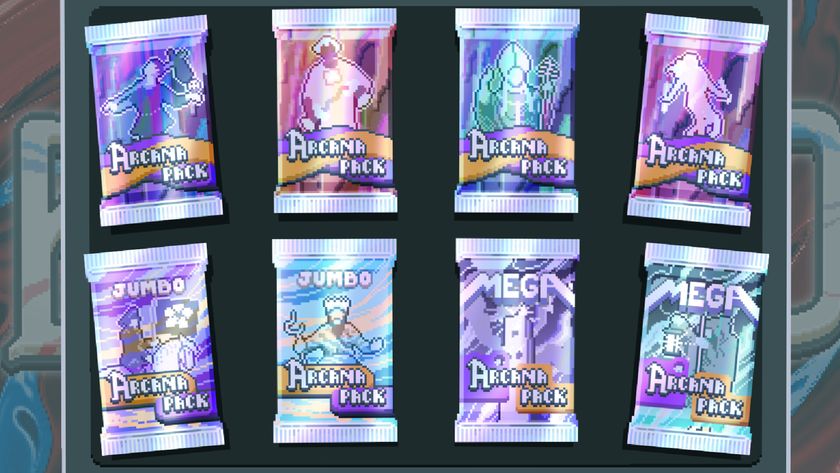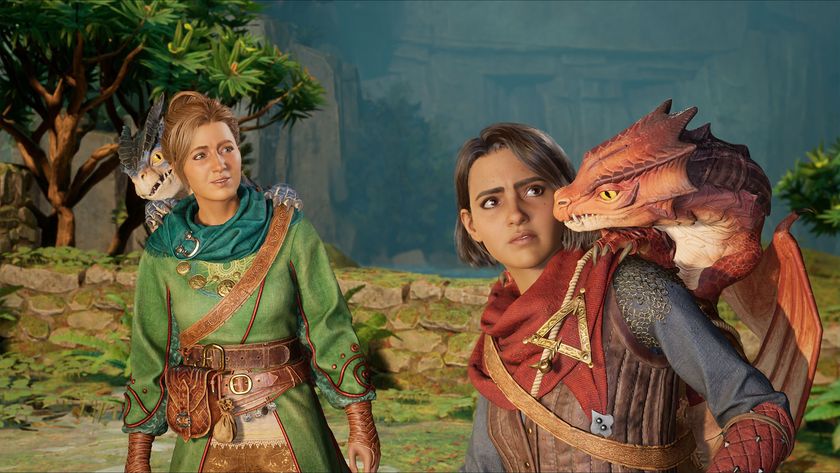12DOVE Verdict
The original Elder Scrolls V: Skyrim is one of the most approachable RPGs out there, with stripped-back easy-to-understand levelling systems and a world just begging to be explored. Though there’s some nostalgic joy to be had here, Skyrim — The Adventure Game is paradoxically, needlessly complicated, yet lacking in many of the areas that makes Bethesda’s premiere fantasy game shine.
Pros
- +
It nails that Elder Scrolls aesthetic
- +
Genuinely encourages multiplayer fun in an organic way
- +
Choose-your-own-adventure style quests are a theming home run
Cons
- -
Very poorly explained gameplay systems
- -
Setup is long and tedious
- -
Writing quality is inconsistent
Why you can trust 12DOVE
I had high hopes for The Elder Scrolls: Skyrim – Adventure Board Game.
The Elder Scrolls series cemented my love of RPGs at a very young age. At just eight years old, I started exploring the sewers of The Elder Scrolls IV: Oblivion, and when Skyrim launched just after I turned 13, it soon shot up to being my favorite genre. Part of what made this stick in my adolescent brain is just how easy it is to pick up and learn. If I started on Morrowind, my impatient little brain may have clicked off after getting lost in my first quest. However, Skyrim felt both overwhelmingly big yet easy to continue exploring in. Unfortunately, the Skyrim board game doesn't reach the same heights.
I’ve needed more guides in just tens of hours of playing the board game than I have in hundreds spent playing the video game. This is a problem that not only permeates through but actively sours some of the best parts of the game, even if there is still a lot to love here.
Features & design
| Price | $139.99 / £110 |
| Ages | 14+ |
| Game type | Dungeon-crawler / Legacy |
| Players | 1 - 4 |
| Lasts | 90mins+ |
| Complexity | High |
| Publisher | Modiphius |
| Play if you enjoy | Gloomhaven, HeroQuest, the Descent series |
- Journey across Skyrim in an original story
- Uses the same icons & style as the video game
- Beware, it takes up a lot of table space
Your first hour or so playing the Skyrim board game will be spent popping tokens out of boards of cardboard. It’s an oddly therapeutic process that can take up to 20 minutes by itself. You then have the board, which is a map of Skyrim where the action takes place.
As well as this, you have character sheets, which come with little slots to fit your health, XP, and more. Then, you have deck boxes to “save” your data, and a sequence of cards which determine where quests send you and which encounters pop up. As there are quite a lot of tokens, small models for your characters, the board itself, and hundreds of cards, you need a lot of table space to start setting up the game – a problem not uncommon amongst the best board games, but still worth bearing in mind. Most of the components are made out of cardboard or plastic so, while the price doesn’t show here, it does come through in the sheer size of the game.
It’s rather easy to get your character set up, as icons represent each of the races and character sheets are initially blank, allowing you to organize your own health, gear, and more. Unfortunately, the character sheet has small gaps to place the end of your health bar and one member of our party managed to entirely destroy their token getting it out of the slot. As the health bar grows over time, and players can sometimes place it in the wrong spot, this feels like an unfortunate oversight in design.

Luckily, all dice have custom logos and symbols, which are used throughout the game, and they feel of good quality. The same can be said for adventure cards, character models, and quest cards. This is to be expected from the miniatures at least, because they're lifted straight from The Elder Scrolls: Call to Arms wargame.
Perhaps the worst part of setting up the game is having to read the rulebook, which is often overly vague at some points, and needlessly intricate at others. Some parts have the rulebook explain edge niche cases before explaining the basic rules you have to follow, whereas others don’t even finish explaining key parts of combat and progression. I’ve always been a bit of a rules guy – taking control of tables to get the game running. Yet my role in the first few sessions was spent reading the same few paragraphs with exasperation, hoping that would solve the lack of information. Not only are some of the game’s instructions needlessly vague but some are plain wrong, pointing you to sections and cards that don’t correlate. You can make your way around this with a little searching or inferring based on the rulebook but this isn’t an inconvenience you’d expect to run into, given the substantial asking price.
Some of the rule cards came in the wrong order too, which wouldn’t be a problem normally, but was here. Packs are segmented intentionally, so you only open some when you hit the right point in the story or want to take on supplementary quests. With inconsistent placing of the cards, this segmenting ended up hindering the full experience as my playgroup had to scatter and sort them ourselves. It’s a great idea that could work well to invite you into the world but does the opposite instead.
Gameplay
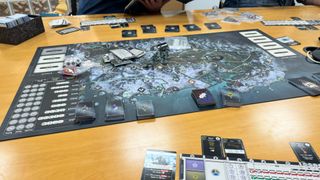
- Combat & quest systems hold up
- ...but the writing doesn't always match them
- Decent 'threat' system adds urgency
Once you’ve made your way through the grind that is the rulebook, The Elder Scrolls: Skyrim – Adventure Board Game does shine in some of its combat and quest systems.
Once you start a given questline, you have to use turns making your way around the map, engaging in fights to get better gear, and completing side quests. The quests often lead to you getting given a choice, where you have to hunt down a corresponding numbered card to match the next quest. It feels like reading one of those Choose Your Own Adventure books, in a way that is both rudimentary but surprisingly engrossing. In multiplayer, this system leads to a more hectic gameplay experience, where you have a bit of a standoff on who is going to which location and the best way to tackle the board as a team. It can really work, until it doesn't.
Some cards feel like a throwback to quests in lieu of actual original writing. Instead of telling you how you were captured, it often feels like it’s saying “Remember when you went to the jail in the game? Just pretend that happened again”. In this sense, its writing borrows from the aesthetic of the game’s writing but not the actual substance that people liked so much. As well as this, within our first few hours of gameplay, my group of adventurers somehow ran into the same card number – one which had already been used by myself. This means sharing the quest and running down the same line or picking an option we didn't want to, in order to see more of the world. Unfortunately, as holding onto cards can be a good way of looking back at your quest history, this was a minor inconvenience that stopped my playthrough from really feeling like my own.

Publisher Modiphius has plenty of experience working with big franchises like Skyrim. On top of its Call to Arms wargame, it has also made a Fallout tabletop RPG, a couple of Fallout wargames (the most recent of which could be a very S.P.E.C.I.A.L), numerous Star Trek games, and the upcoming Discworld RPG.
Succeeding or failing at a quest is decided by a dice roll, but you can weight that roll by picking up certain skills and equipment as you make your way through the game. Experience earns you levels, which comes with a stat boost and the ability to enhance and earn new skills. It's a well-rounded system that allows you to settle on a defined build over time. The entire game is put on a clock from your first turn, as you flip over world events every turn, which can give you side quests to hunt down, and add pressure to the board in the form of threat tokens. When you get one, you have to place it on one of the central cities on the board, which makes it more guarded and cuts you off from certain resources, like the market where you can buy new items. When three threat tokens have been placed on a city, it will close down entirely and be inaccessible to you.
Failing quests will often raise the threat on the board, and taking on too many side quests via world events will fail them too. This means you have to make your way through both forms of quests as quickly as possible, to avoid the world filling with threats. This is a good system that avoids players' power-leveling and walking through encounters with ease.
Combat, once you've got through unclear wording, is mostly a decent addition to the game, with players attacking rows of enemies with dice rolls – each attack playing into their build. If you go in with light armor, you can attempt a sneak attack and get extra damage in immediately. If you wear heavy armor, you won't get this same chance but you can tank incoming damage a little easier. Unfortunately, bows don't feel quite as thought out, not having as distinct a selling point as other forms of damage.
Once you get into the flow of playing, the Skyrim board game can be a fun time… but it can also be a real slog getting everything in line. Even when you've put in that time and effort, you need to look over its many flaws to get the experience I feel is intended.
Should you buy The Elder Scrolls: Skyrim - Adventure Game?
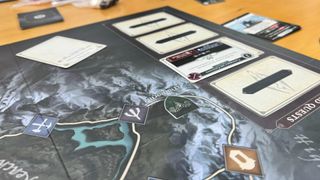
Are you a massive fan of Elder Scrolls? Have you already gone back and got that Skyrim Platinum, or is it your Holiday game every year? If so, and you enjoy a good Legacy campaign (check in with the types of board games if that doesn't mean much), this choice makes perfect sense. Though I’d probably wait for a slight sale as it’s still a lot of money to spend on a board game that needs this much time and effort to get going.
However, if you and your buddies have just finished your playthrough of Gloomhaven or its expansion, Gloomhaven: Jaws of the Lion, and want something else to play, I’d put this in the backlog for now. It’s worth busting out at some point but you’ve probably got a few better choices to occupy you and your friends first.
It is fun to play as a Khajiit, though.
Buy it if...
✅ You're looking for a Legacy board game
As setup can take a while, and your entire party really needs to know how to work the story components and gameplay, you need to commit to a legacy playthrough to get fun out of it.
✅ You really like Skyrim
Despite hiccups with setup and pacing, grabbing your Khajiit player character, throwing on some of that wonderful soundtrack, and pummeling bad guys can be a lot of fun, especially if you've got all you can out of the video game.
✅ You don't mind some setup
Not only is it a bit of an effort to unpack the board, set up players' stats, items, and general information, but you will often be left reading more than just the player's manual to grasp everything in the game. If you're OK with that, proceed.
Don't buy it if...
❌ You get overwhelmed by tonnes of rules
You will spend a significant amount of the start of playing The Elder Scrolls: Skyrim - Adventure Board Game simply figuring out how all of it works. You will need to learn rules and keep them in your head as you go as consulting the rulebook often just leads to frustration.
❌ You don’t have the space for it
Not only does the game take up a bunch of space when in the box but, outside of it, Skyrim can hog up entire tables with the map alone. When you factor in space for extra cards, character sheets, and more, you need a sizeable table to get a campaign going.
❌ You don't want to look up guides online
Without connection to the internet, me and my little playgroup would have just started inventing what we thought the rules would be. Even just for consulting some niche edge cases, you will want to constantly have a phone on standby.
How we tested The Elder Scrolls: Skyrim - Adventure Board Game
Disclaimer
This review was conducted using a sample provided by the publisher.
We spent extensive game sessions testing out the Skyrim board game with a regular group of four players, and also tested a single-player session, going through central storylines and some more casual exploration.
You can find out more in our guide to how we test board games, or the general 12DOVE reviews policy page.
For more recommendations, don't miss these must-have board games for adults. Want something a bit more personal? Check out the top board games for 2 players.

James is an experience writer and Magic: The Gathering player who can usually be found dreaming up new strategies for MTG.

